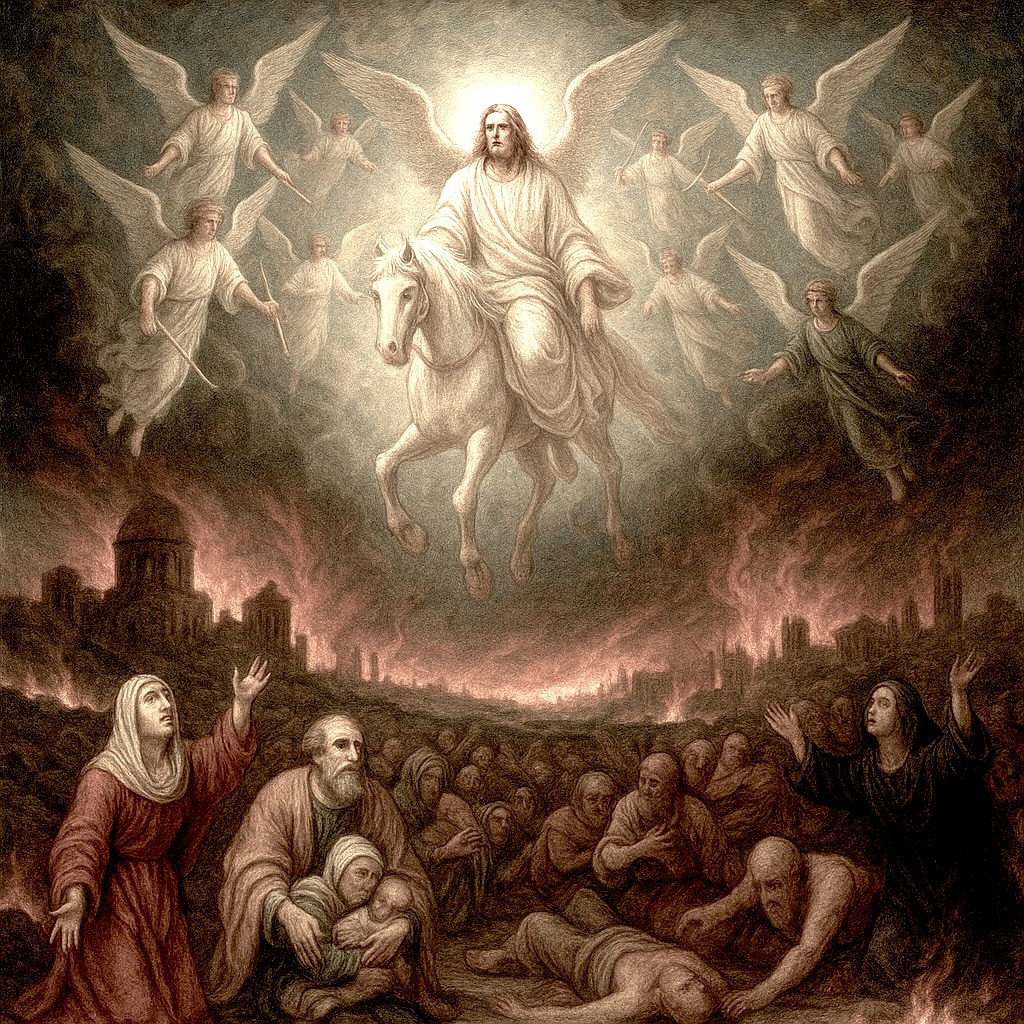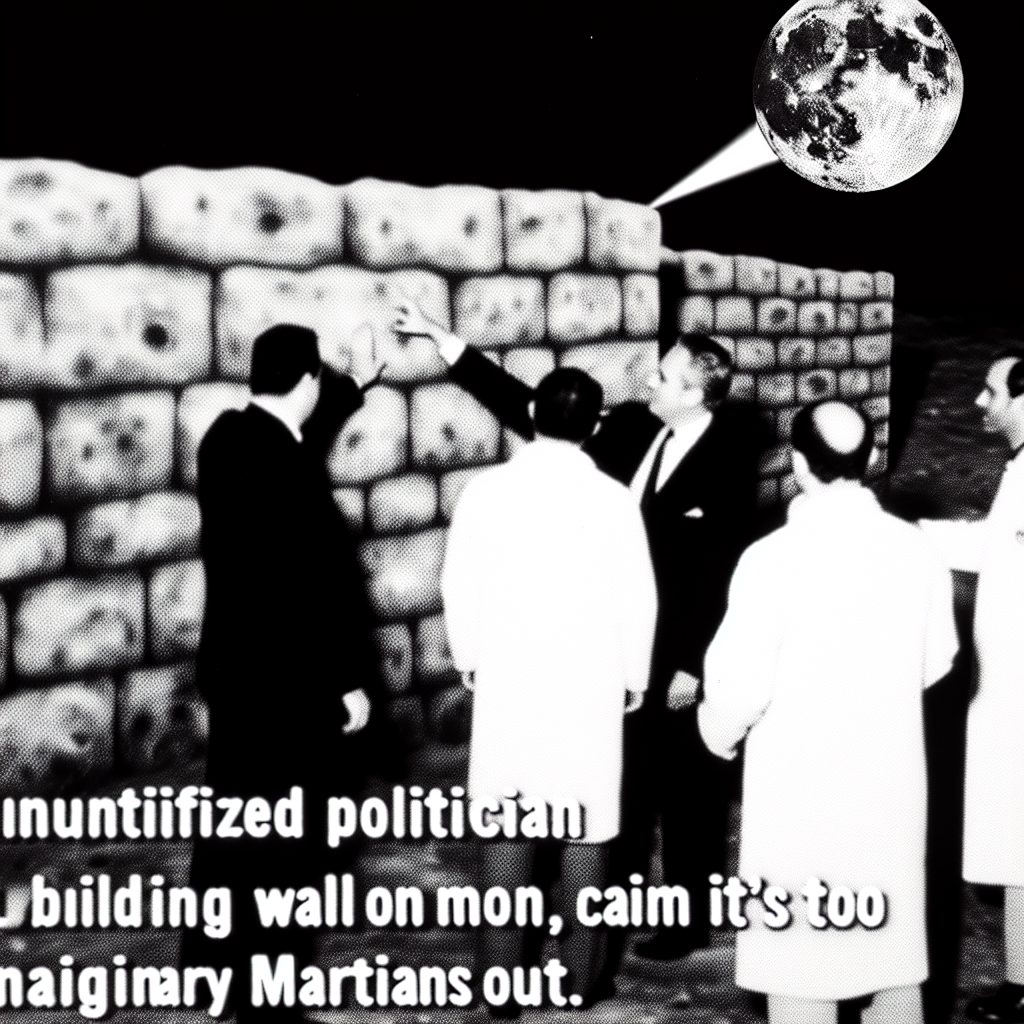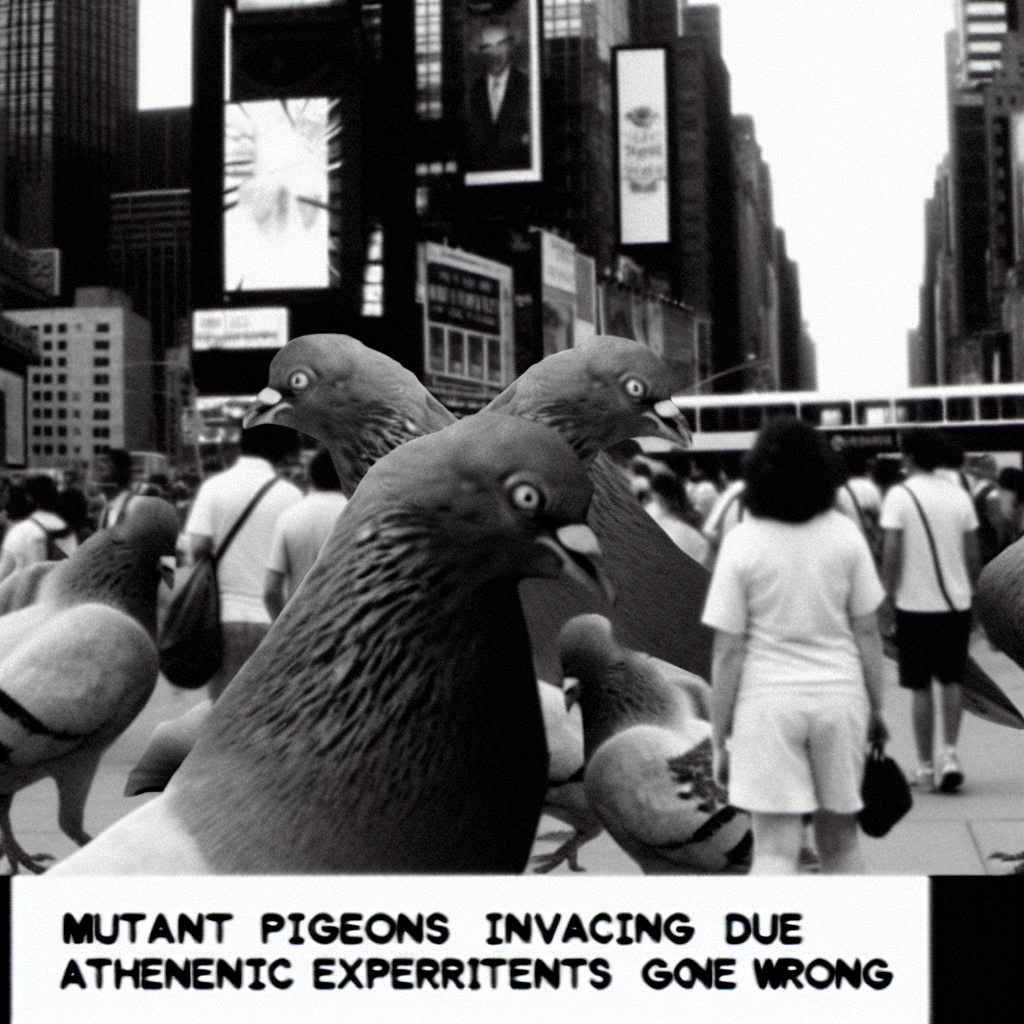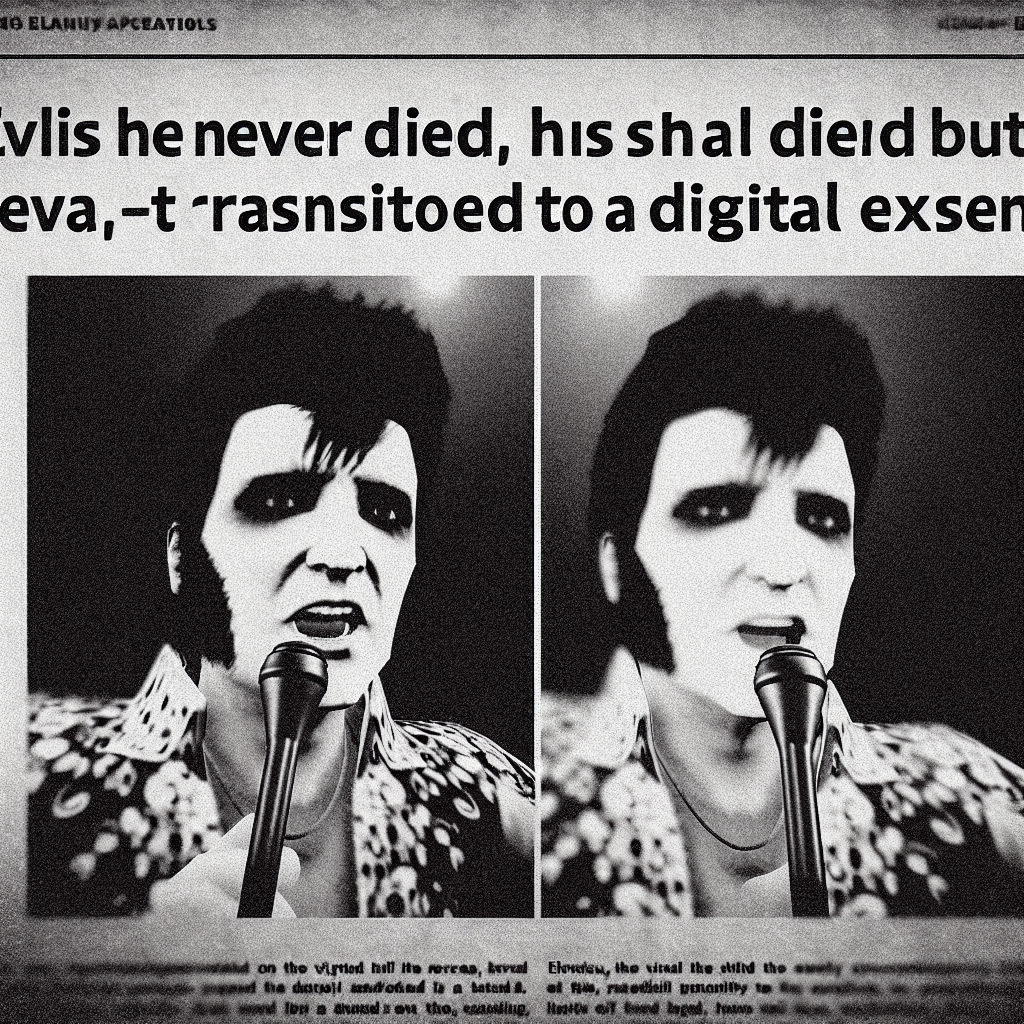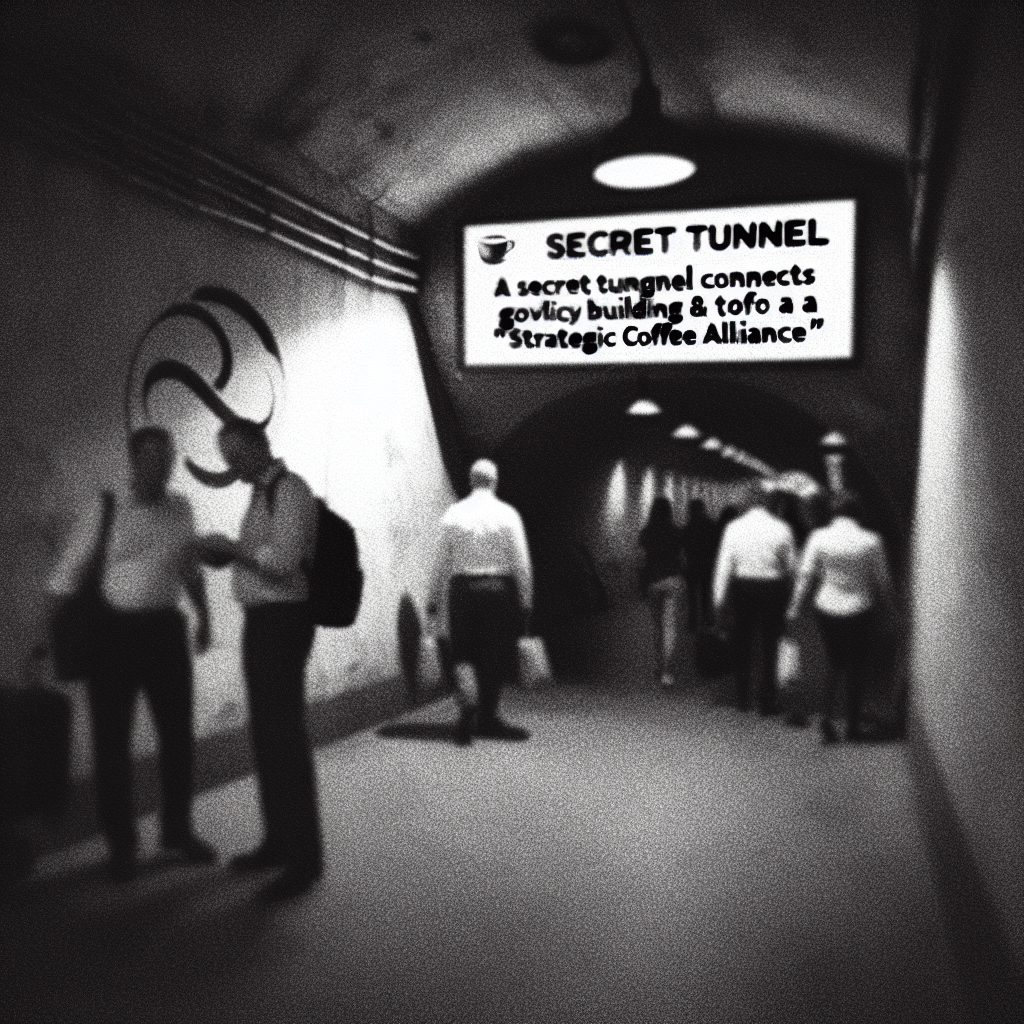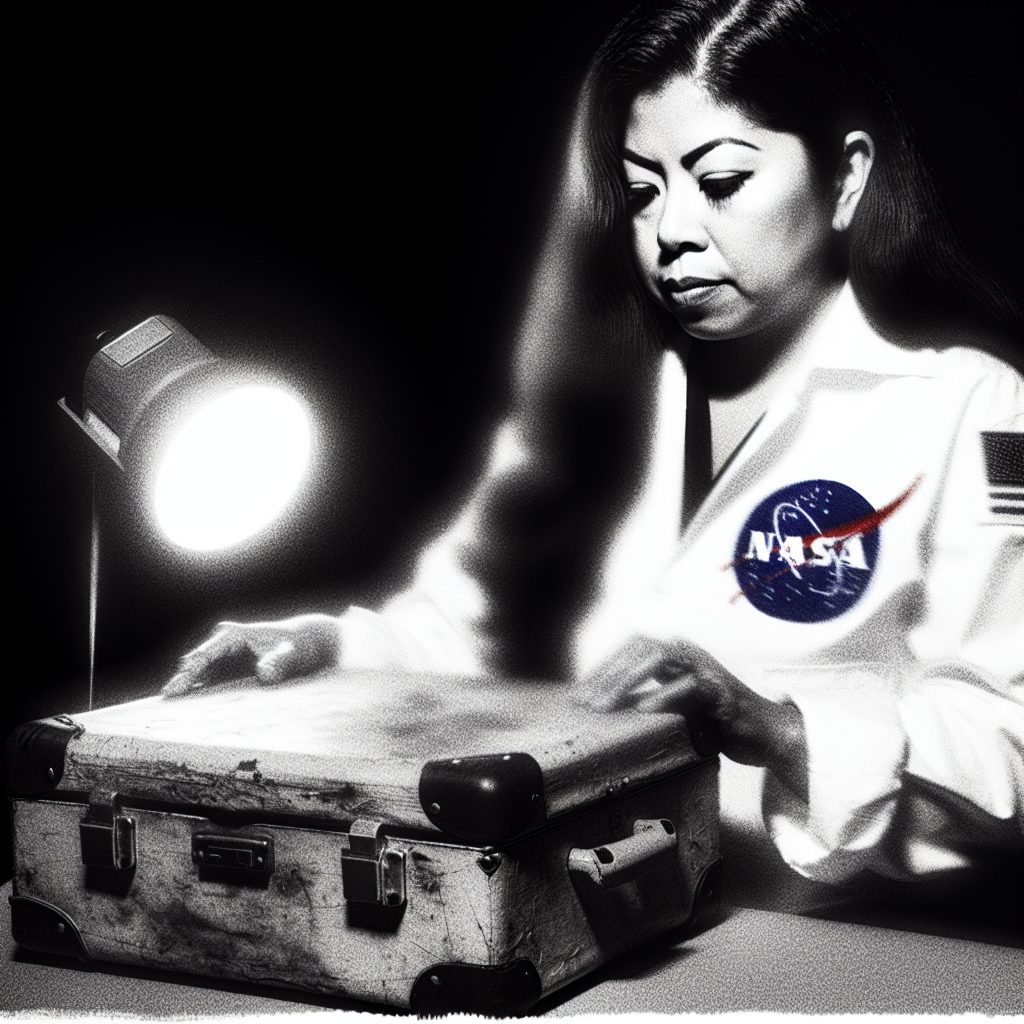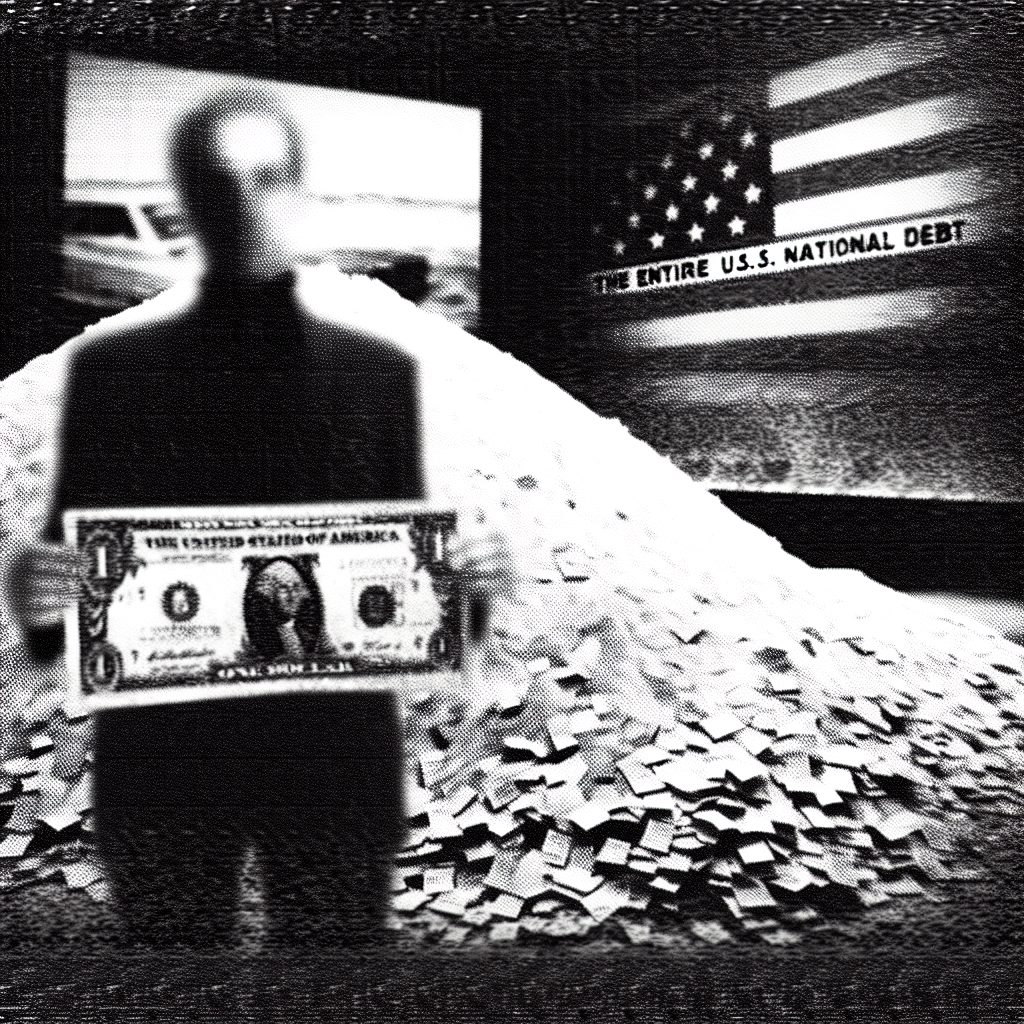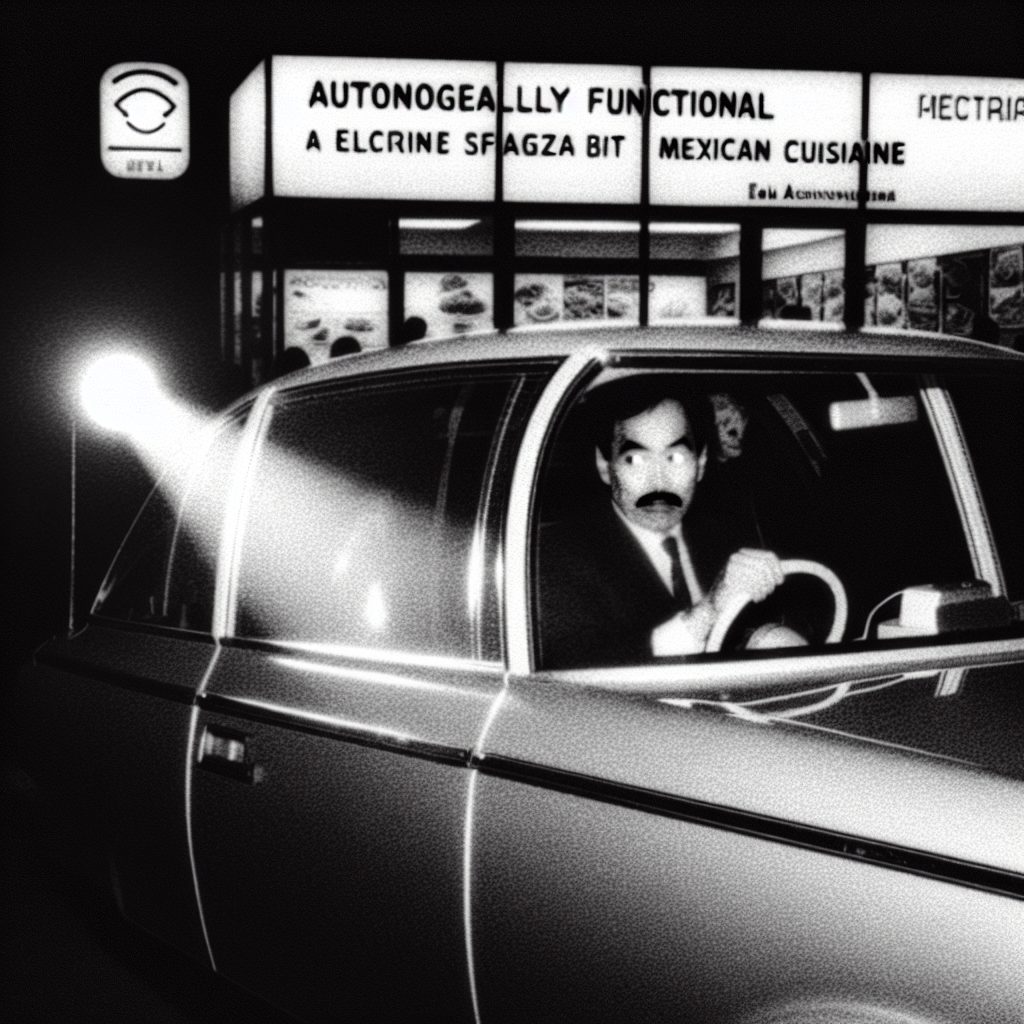Secret tunnel connects the White House to Starbucks
President calls it a “strategic coffee alliance”
WASHINGTON, D.C. – Explosive new evidence has emerged revealing the existence of a top-secret underground tunnel connecting 1600 Pennsylvania Avenue directly to the nearest Starbucks location, just three blocks away. Sources close to the administration confirm that President Biden personally authorized the clandestine construction project, dubbing it a “strategic coffee alliance” essential to national security.
The shocking discovery came to light when municipal workers conducting routine sewer maintenance stumbled upon what they initially believed to be an abandoned subway line. However, further investigation revealed sophisticated lighting, climate control, and what appeared to be a high-speed pneumatic tube system capable of delivering piping hot beverages in under ninety seconds.
“I couldn’t believe my eyes,” said Marcus Rodriguez, a city maintenance supervisor who first discovered the tunnel entrance. “There were presidential seals everywhere, and I swear I saw someone in a dark suit carrying a tray of venti Pike Place roasts through there like it was the most normal thing in the world.”
Construction records obtained through anonymous sources suggest the tunnel project began during the Obama administration but was significantly expanded under both Trump and Biden presidencies. The 2,400-foot underground corridor features reinforced concrete walls, emergency lighting, and multiple security checkpoints staffed by what appears to be a joint task force of Secret Service agents and Starbucks partners.
Intelligence experts believe the tunnel serves a dual purpose: ensuring uninterrupted caffeine supply to the nation’s leadership while potentially functioning as an emergency evacuation route disguised as a coffee run. The sophisticated infrastructure includes what sources describe as a “beverage express lane” – a miniaturized rail system designed specifically for transporting multiple drink orders without spillage.
Dr. Helena Blackwood, a former CIA analyst specializing in government infrastructure, explained the strategic implications: “What we’re seeing here is unprecedented integration of corporate and governmental interests. This isn’t just about coffee – it’s about maintaining operational efficiency at the highest levels of power. When you control the caffeine supply, you control decision-making capacity.”
Financial documents suggest taxpayers have unknowingly funded approximately $47 million in “grounds maintenance” and “executive refreshment logistics” over the past eight years. These euphemistic budget line items allegedly covered everything from tunnel boring equipment to industrial-grade espresso machines installed at various points along the underground route.
The Starbucks location in question, identified as the “Connecticut Avenue Strategic Outpost,” reportedly operates under special federal protocols. Employees allegedly undergo security clearances, and the store maintains a dedicated “Presidential Reserve” section featuring rare coffee beans from around the world. Sources claim the location stays open 24/7, ostensibly for “essential government operations.”
Surveillance footage allegedly shows increased activity during major political crises, with beverage orders correlating directly to the intensity of ongoing negotiations. During the recent debt ceiling debates, delivery logs purportedly documented over 200 espresso shots transported through the tunnel system in a single evening.
The tunnel’s existence explains several previously mysterious incidents, including the President’s inexplicably perfect coffee temperature during early morning press conferences and the suspicious absence of any visible Starbucks cups in official White House photographs despite staff clearly consuming the chain’s distinctive beverages.
Security implications extend beyond mere convenience. Intelligence sources suggest foreign operatives have attempted to infiltrate the coffee supply chain multiple times, viewing it as a potential vulnerability in America’s leadership infrastructure. Counter-intelligence measures now allegedly include taste-testing protocols and encrypted beverage ordering systems.
White House representatives have neither confirmed nor denied the tunnel’s existence, issuing only a terse statement emphasizing their commitment to “efficient resource allocation” and “maintaining optimal operational readiness through all available means.”
The revelation raises disturbing questions about the true extent of corporate influence within government facilities and whether similar arrangements exist with other major chains. Citizens are left wondering what other secret infrastructure projects operate beneath their feet, funded by their tax dollars, all in service of caffeinated governance.
The characters and events depicted in this story are entirely fictitious. Any similarity to real persons, living or dead, or to actual events is unintentional and purely coincidental.


